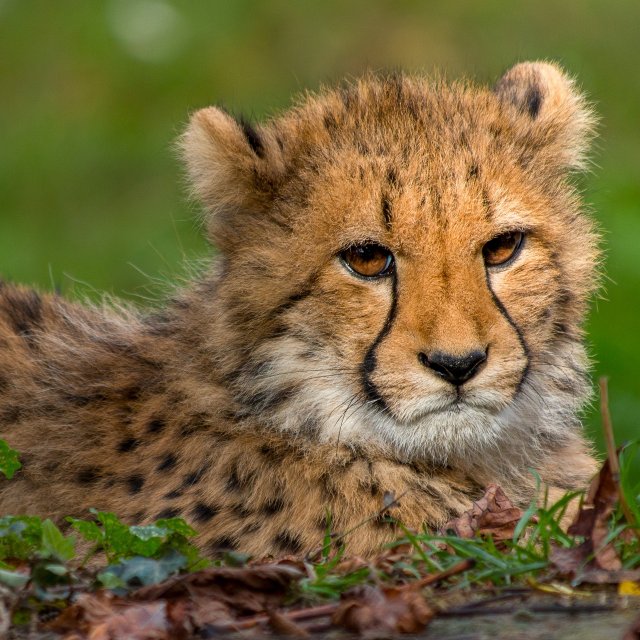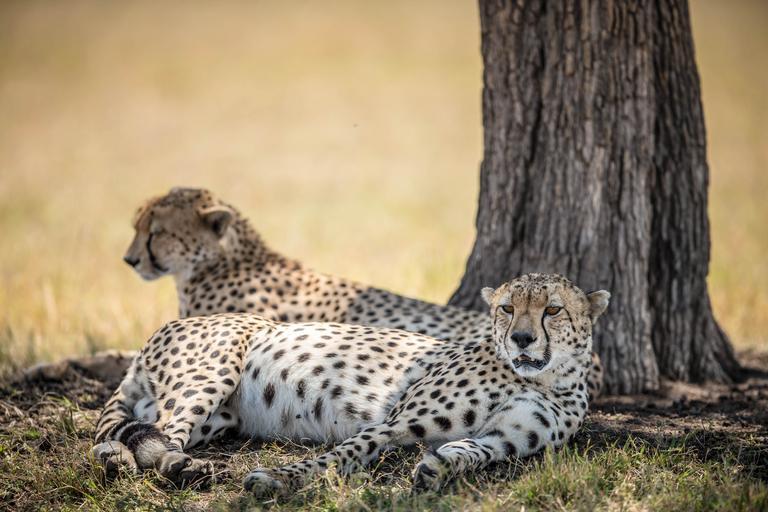Endangered Cheetahs: What Threatens Their Survival?
Saving Endangered Cheetahs: Unveiling the Urgent Battle for Their Survival
Cheetahs, known for their incredible speed and striking appearance, are one of the most iconic big cats in the world. However, their population has been rapidly declining over the years, raising concerns about their survival. In this article, we will explore the current status of cheetahs and the various threats they face in their natural habitat.
The Current Status of Cheetahs
Cheetahs (Acinonyx jubatus) are listed as a vulnerable species on the International Union for Conservation of Nature (IUCN) Red List. According to the latest estimates, there are only around 7,100 cheetahs left in the wild, spread across various subpopulations in Africa and a small population in Iran.
Historically, cheetahs had a much wider distribution, ranging from North Africa to India. However, due to habitat loss, poaching, and other factors, their range has significantly decreased. Today, they are primarily found in sub-Saharan Africa, with small isolated populations in Iran.
Habitat Loss and Fragmentation
Endangered Cheetahs: One of the major threats to cheetahs is habitat loss and fragmentation. As human populations expand and agricultural activities intensify, cheetahs are losing their natural habitats. The conversion of land for farming, infrastructure development, and urbanization leads to the destruction of their habitats, leaving them with limited space to roam and hunt.
Furthermore, habitat fragmentation isolates cheetah populations, making it difficult for them to find mates and maintain genetic diversity. This can lead to inbreeding, which reduces the overall fitness and resilience of the species.
Poaching and Illegal Wildlife Trade
Endangered Cheetahs: Poaching and the illegal wildlife trade pose significant threats to cheetahs. While cheetahs are not targeted as frequently as other big cats like lions and tigers, they often fall victim to snares and traps set for other animals. Additionally, their beautiful fur is highly valued in the illegal wildlife trade, leading to their capture and killing.
Moreover, cheetah cubs are sometimes captured and sold as exotic pets. This not only disrupts the natural social structure of cheetah populations but also often results in the death of the cubs due to improper care and nutrition.
Human-Wildlife Conflict
As human populations expand into cheetah habitats, conflicts between humans and cheetahs become more common. Cheetahs are known to occasionally prey on livestock, leading to retaliatory killings by farmers. In some cases, farmers resort to poisoning or shooting cheetahs to protect their livestock and livelihoods.
Efforts are being made to mitigate human-wildlife conflict through the implementation of conservation programs that promote coexistence. These programs involve educating local communities about the importance of cheetahs and providing alternative livelihood options that reduce the reliance on livestock.
Climate Change
Endangered Cheetahs: Climate change is another emerging threat to cheetahs. Rising temperatures, changing rainfall patterns, and increased frequency of extreme weather events can disrupt the delicate balance of ecosystems, affecting the availability of prey and water sources for cheetahs.
As climate change alters the distribution of vegetation and prey species, cheetahs may struggle to adapt to these changes. Their specialized hunting techniques, which rely on high-speed chases over short distances, may become less effective if their prey species shift or decline in numbers.
Conservation Efforts
Endangered Cheetahs: Despite the numerous challenges cheetahs face, there are several conservation efforts underway to protect and conserve this magnificent species. These efforts include:
- Establishment of protected areas and national parks to safeguard cheetah habitats.
- Collaboration between governments, NGOs, and local communities to implement conservation programs and raise awareness.
- Research and monitoring to better understand cheetah populations and their ecological needs.
- Anti-poaching initiatives to combat illegal wildlife trade and protect cheetahs from poachers.
- Efforts to promote sustainable land-use practices and reduce habitat fragmentation.
Summary
Endangered Cheetahs: Cheetahs are undoubtedly facing numerous threats that jeopardize their survival. Habitat loss, poaching, human-wildlife conflict, and climate change are all contributing factors to their declining population. However, through concerted conservation efforts and global awareness, there is hope for the survival of these magnificent creatures. Protecting their habitats, combating illegal wildlife trade, and promoting coexistence between humans and cheetahs are crucial steps towards ensuring a future where cheetahs can thrive in the wild.
Read More About Cheetah’s From Wikipedia





